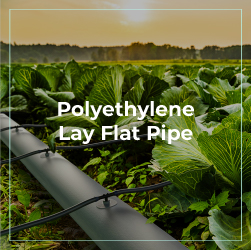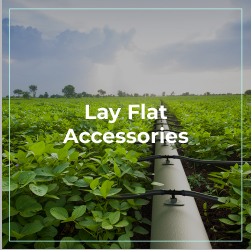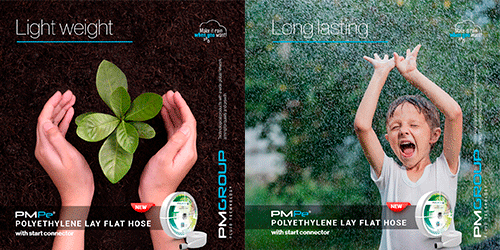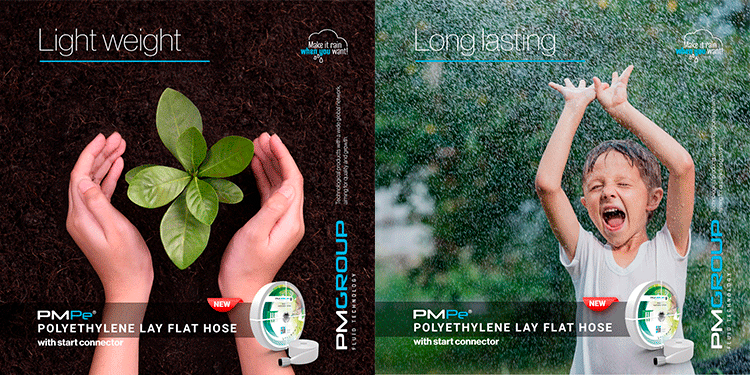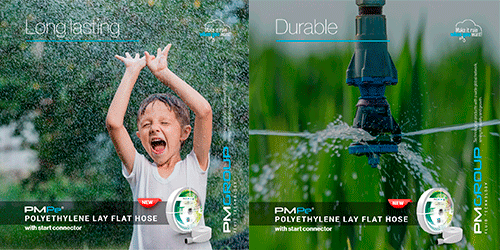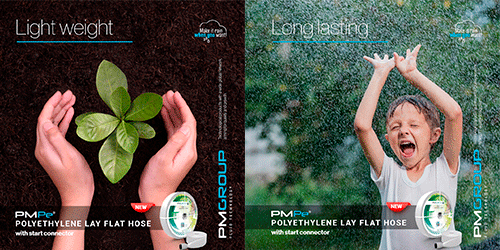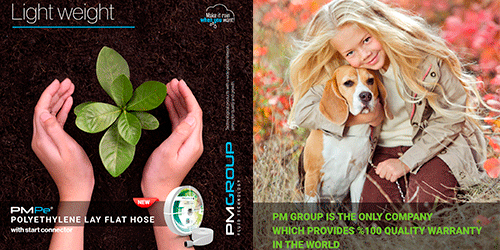In the world of fluid transfer and irrigation, layflat hose have emerged as a popular choice due to their versatility and practicality. This article explores the numerous advantages of hoses and evaluates their returns on investment for various applications.
What is a Layflat Hose?
A layflat hose is a type of hose designed to be flexible and compact. Unlike traditional hoses, hoses flatten when not in use, making them easier to store and transport. They are typically made from durable materials such as PVC or rubber, which allow them to withstand a range of environmental conditions and pressures.
Advantages of Layflat Hose
- Ease of Storage and Handling
One of the primary benefits of layflat hoses is their ease of storage. When not in use, these hoses can be rolled up flat, saving valuable space. This feature is especially beneficial for agricultural operations and construction sites where space is limited. - Lightweight and Portable
Layflat hoses are generally lighter than traditional hoses of the same length and diameter. This makes them easier to handle and transport, reducing the strain on workers and equipment. - Durability and Resistance
Made from high-quality materials, hoses are designed to be resistant to abrasions, UV rays, and various chemicals. This durability ensures a longer lifespan and reliable performance, even under harsh conditions. - Versatility
Layflat hoses are used in a wide range of applications, including irrigation, dewatering, firefighting, and industrial processes. Their flexibility allows them to adapt to different environments and requirements. - Cost-Effectiveness
Due to their durability and low maintenance needs, hoses can be a cost-effective solution in the long run. The initial investment is often offset by the reduced need for replacements and repairs.
Returns on Investment (ROI)
Investing in layflat hoses can offer significant returns, especially when considered for large-scale or frequent-use applications. Here’s a closer look at the ROI benefits:
- Reduced Labor Costs
The lightweight nature of layflat reduces the effort required for handling and deployment. This can lead to lower labor costs and increased efficiency on the job site. - Lower Maintenance and Replacement Costs
The robust construction of layflat means they are less prone to damage compared to traditional hoses. This durability translates to fewer replacements and less maintenance, resulting in long-term savings. - Enhanced Operational Efficiency
The ease of storage and quick deployment of layflat hoses can improve overall operational efficiency. Faster setup and takedown times can lead to increased productivity and reduced downtime. - Improved Performance
With their ability to handle high pressure and resist various environmental factors, layflat hoses often perform better under demanding conditions. This reliability can enhance the overall effectiveness of fluid transfer operations.
Layflat hoses are a practical and versatile choice for various fluid transfer applications, offering numerous advantages including ease of storage, durability, and cost-effectiveness. By carefully considering factors such as material, pressure rating, and diameter, and adhering to proper maintenance practices, you can ensure that your investment in hoses delivers optimal performance and returns.
Layflat hoses offer numerous advantages, including ease of storage, portability, and durability. Their cost-effectiveness and versatility make them a valuable investment for a wide range of applications. By reducing labor costs, minimizing maintenance, and improving operational efficiency, hoses can provide significant returns on investment. Whether for agricultural, industrial, or emergency use, incorporating hoses into your operations can lead to substantial long-term benefits.

